“The Library for Boys and Girls” – Nottingham’s Pioneering 19th Century Children’s Lending Library
A few years ago I wrote a guest post for Nottingham UNESCO City of Literature’s blog highlighting that Nottingham was home to the UK’s first children’s public lending library.
The library was created in 1882 with a £500 grant from the Nottingham woollen manufacturer and Liberal MP Samuel Morley and housed in a building that now forms part of Bard House student accommodation in Shakespeare Street.
According to the Encyclopaedia of Library and Information Science, Morley founded the children’s library after learning that Nottingham’s Central Library (then housed in the Arkwright Building on Shakespeare Street) was only open to those aged 15 and over. A 1937 pamphlet in Nottingham Local Studies Library reveals that the building was rented from the Trustees of the Holy Trinity Church and served as a children’s library for exactly 50 years, before closing in 1932.
While some sources suggest that the library was originally named “The Library for Boys and Girls”, Allen’s Illustrated Guide to Nottingham published in 1888 describes it as “The Children’s Free Public Lending Library and Reading Room” and notes that it was open between 4.00 – 8.00 pm on weekdays. Children over the age of 7 were allowed to borrow two books a week, at no cost, from a collection of over three thousand “carefully chosen volumes” donated by Morley.
Although juvenile reading rooms had already been opened as part of public libraries in both Westminster (1857) and Cambridge (1872) the library in Shakespeare Street was the first children’s public lending library in the UK and is widely recognised as having set the standard for children’s libraries both in the UK and abroad. The International Companion Encyclopedia of Children’s Literature (1996) has this to say in its chapter on children’s libraries:
“Perhaps the most outstanding was the Library for Boys and Girls in Nottingham, which was regarded as a pioneer in respect of its accommodation, its balanced collection of contemporary children’s fiction, furnishings and general ethos.”
Samuel Morley was ahead of his time in recognising the enormous social benefits of encouraging a love of reading at an early age. There is now a wealth of research showing that children who read for pleasure on a regular basis do significantly better in maths, vocabulary and spelling than those who rarely read, giving them an academic advantage that lasts their whole lives. For many children, establishing a reading habit would be impossible without access to a well-stocked, well-run children’s library like the one first created by Samuel Morley.
Nottingham can take tremendous pride in the pioneering role it had in promoting children’s literature and literacy and I think Morley’s library deserves commemorating with an official blue plaque.
I visited the former library building with a couple of young readers in 2017 to stick this cardboard plaque to the wall. I’m hoping the building can be marked with a permanent plaque.
Next year, 2022, is a particularly appropriate year to commemorate the library as it will be the 140th anniversary of its opening. And, with Nottingham’s new Central Library, which aims to include ‘the best children’s library in the country’, opening around the same time, it’s the perfect time to celebrate the city’s commitment to promoting children’s literature and literacy past and present.
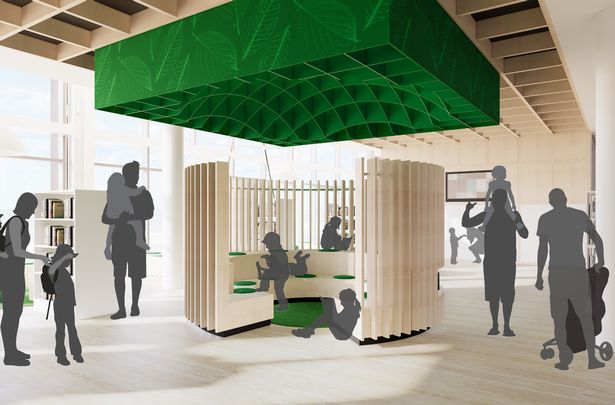
Nottingham’s proposed new Central Library, located on the site formerly occupied by the Broadmarsh Shopping Centre and bus station, aims to be ‘the best children’s library in the country’. (Image: NCC)
Xenia Students, the building’s current owners, have confirmed that they are happy to have a plaque fixed to their building and Read on Nottingham, the local hub of the National Literacy Trust, have joined the call for this landmark of UK children’s literacy to be commemorated in this way. So I’m hoping that Nottingham Civic Society (who administer commemorative plaques in Nottingham) will look favourably on the proposal when we approach them later this year.
UPDATE : MAY 2022
I’m delighted to report that building now bears a Nottingham Civic Society plaque. The plaque is green rather than blue, as apparently blue plaques are only used to commemorate an individual person’s association with a building. You can read about the plaque’s unveiling in this blog post.

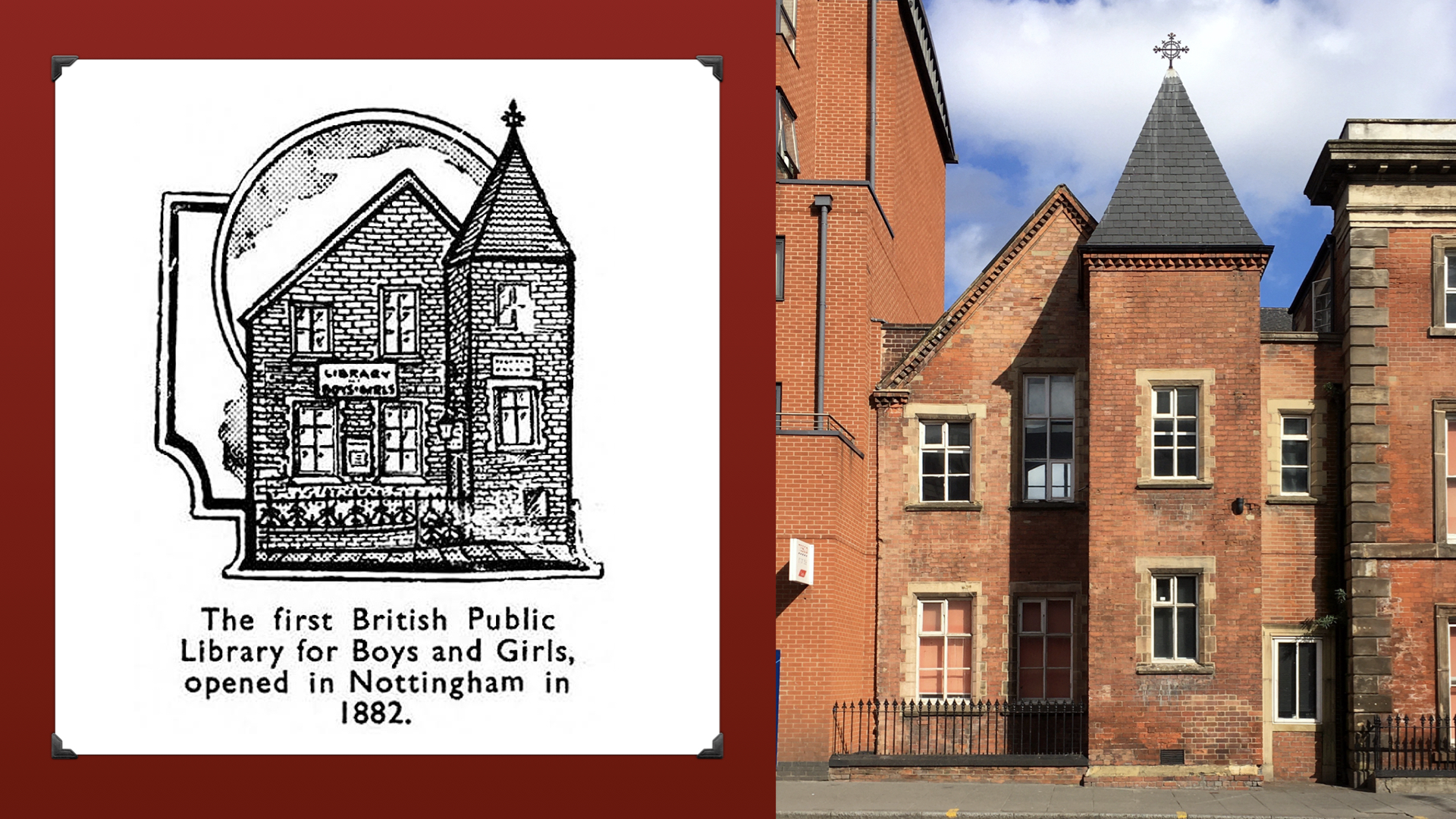
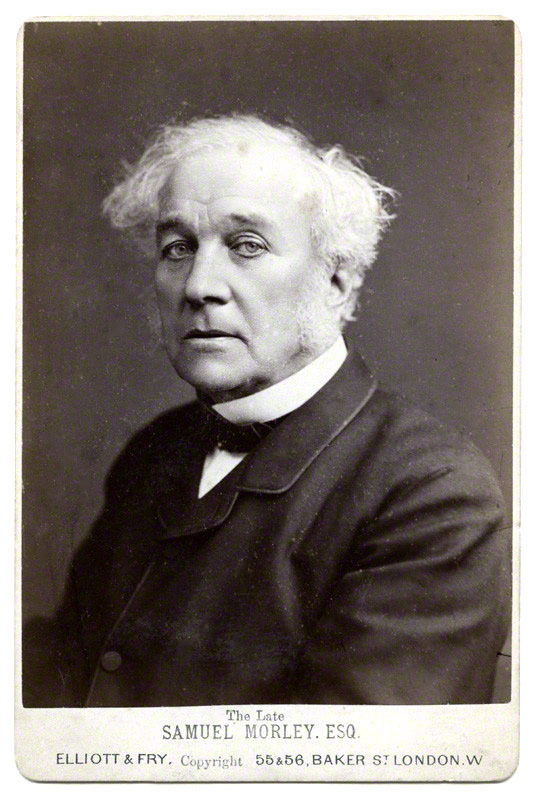
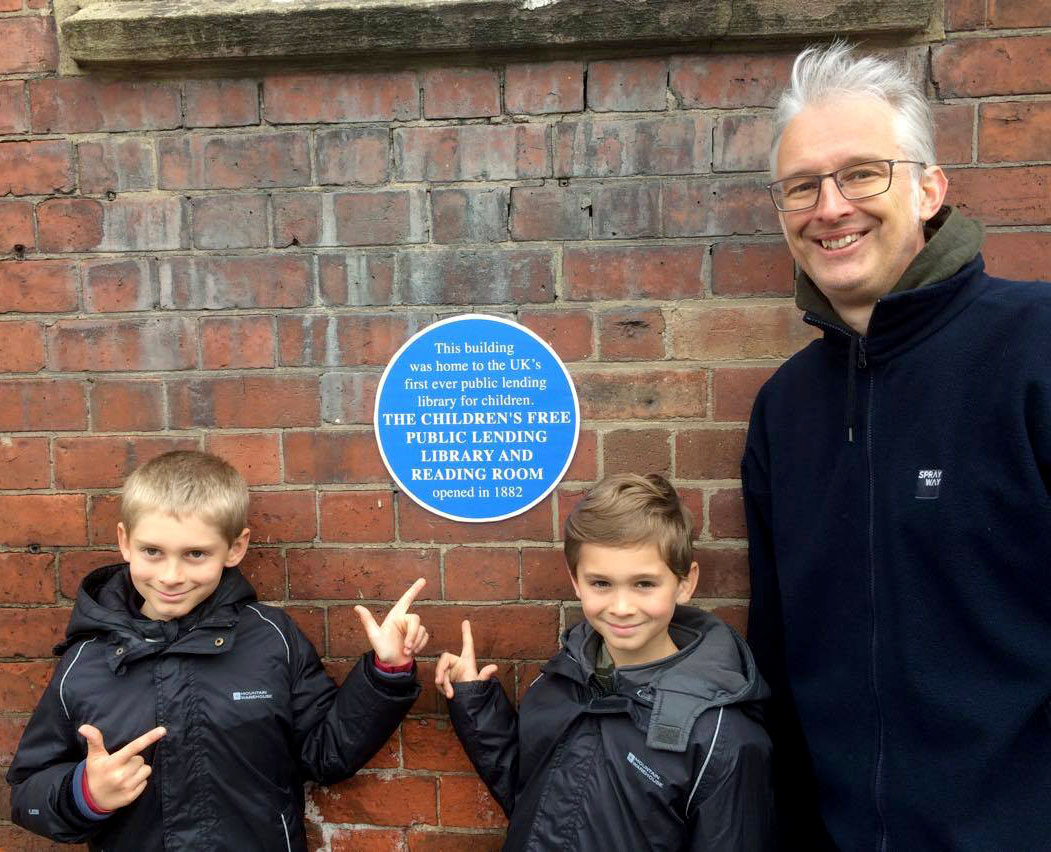
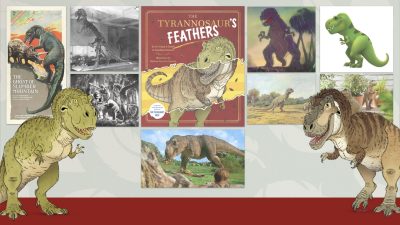

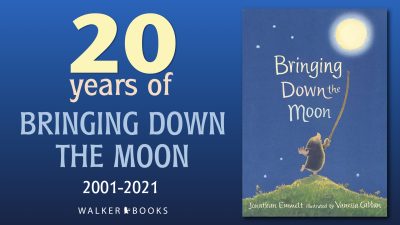


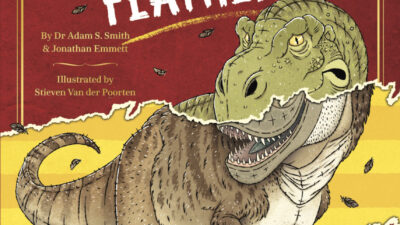
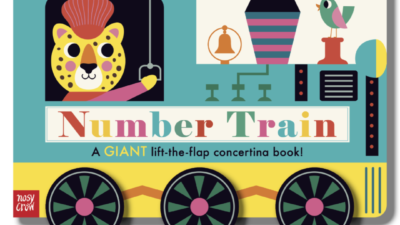

3 responses
What a wonderful feeling to live in the city that promoted reading for children. I had a role as a library cadet at the West Bridgford library as a child and I loved being in the building surrounded by books
I hadn’t heard of ‘library cadets’. I like the sound of them, but I don’t think they had them in Leicestershire where I grew up.
I too was a library cadet at West Bridgford Library when I was 11 in 1964. Miss Piggott & Miss Cresswell were the Librarians if I remember right.